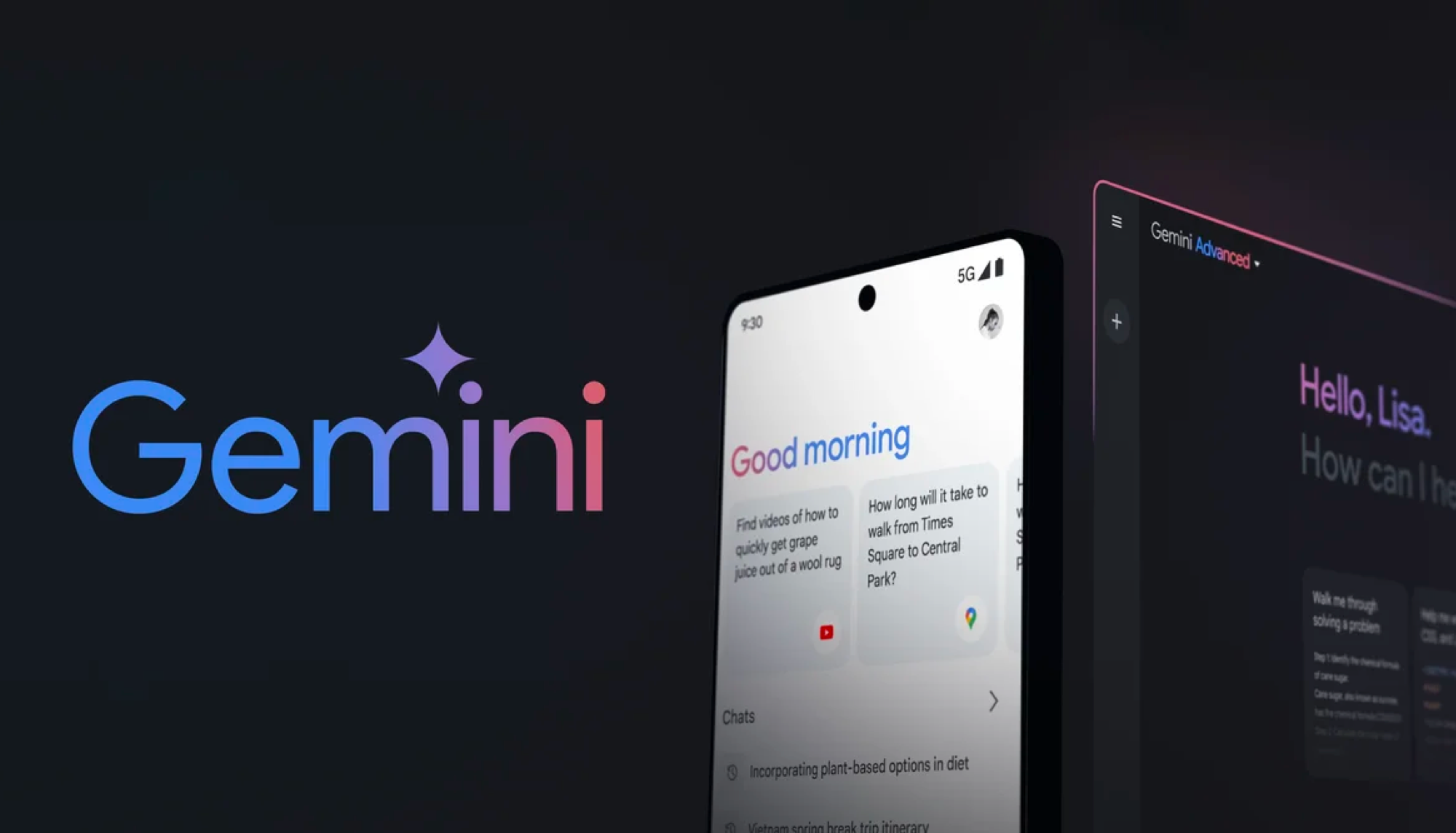Galaxy Z Flip benchmarks: Samsung’s foldable phone impresses
Early Galaxy Z Flip benchmarks measure up to top Android phones

Samsung's Galaxy Z Flip may be have an unconventional design when compared to other smartphones. But it delivers performance that's in line with the leading flagship devices while outpacing its foldable rivals.
We've managed to get our hands on a Galaxy Z Flip, which is shipping today and proving to be hard to get a hold of. (We can show you where to find a Galaxy Z Flip if you want to buy this $1,380 phone.) And while we're going to test everything from its camera to its multitasking features, we also made sure to run some benchmarks on this new Samsung phone.
What we've found so far is that the Galaxy Z Flip delivers the kind of performance you'd expect from a phone running Qualcomm's Snapdragon 855 Plus processor. That means performance in line with any leading Android flagship that came out in 2019, plus a little boost when it comes to graphics.
The Snapdragon 855 Plus inside the Galaxy Z Flip was Qualcomm's leading processor until the Snapdragon 865 came along at the end of 2019. The Snapdragon 855 can be found in most top Android phones that came out last year, with the Plus variant providing a little something extra for handling intensive graphics. Samsung augments the Snapdragon 855 Plus inside the Z Flip with 8GB of RAM.
Galaxy Z Flip benchmarks: Geekbench 5
That proved helpful when we ran Geekbench 5 on the Galaxy Z Flip to gauge the phone's overall performance. The Z Flip produced a single-core score of 752 and a multicore result of 2,685. That's in line with what we saw from the Galaxy Note 10 Plus, another Snapdragon 855-powered phone from Samsung, which posted single- and multicore scores of 736 and 2,691, respectively. The Galaxy Fold, Samsung's other foldable phone with a Snapdragon 855 and 12 GB of RAM, produced a multicore score of 2,619.
| Phone (Processor) | Geekbench 5 Multicore Score |
| Galaxy Z Flip (Snapdragon 855 Plus) | 2,685 |
| Motorola Razr (Snapdragon 710 | 1,406 |
| Galaxy Fold (Snapdragon 855) | 2,619 |
| Galaxy Note 10 Plus (Snapdragon 855) | 2,691 |
| Apple iPhone 11 Pro Max (A13 Bionic) | 3,517 |
The Z Flip's result won't challenge the A13 Bionic in Apple's iPhone 11 phones, where the iPhone 11 Pro Max's 3,517 multicore score sets the high-water mark for Geekbench 5. But the Galaxy Z Flip does outperform another foldable phone, the Motorola Razr, which managed a single-core score of 391 and multicore score of 1,406. That gap shouldn't be a shock — Motorola went with a lower-powered Snapdragon 710 instead of an 8 Series system-on-chip.
Galaxy Z Flip benchmarks: Graphics
When it comes to graphics, we really see the benefits of the Snapdragon 855 Plus in the Galaxy Z Flip. Samsung's new foldable scored 1,124 on GFXBench's Aztec Ruins Vulcan test (offscreen), topping both the Galaxy Fold (1,038) and the Note 10 Plus (1,058). The iPhone 11 Pro Max still was the pacesetter here at 1,657, while the Motorola Razr scored 308.9 — more than 2 frames per second less than the Z Flip's result.
Sign up to get the BEST of Tom's Guide direct to your inbox.
Get instant access to breaking news, the hottest reviews, great deals and helpful tips.
| Phone (Processor) | GFXBench Aztec Ruins Vulcan score |
| Galaxy Z Flip (Snapdragon 855 Plus) | 1,124 |
| Motorola Razr (Snapdragon 710 | 308.9 |
| Galaxy Fold (Snapdragon 855) | 1,038 |
| Galaxy Note 10 Plus (Snapdragon 855) | 1,058 |
| Apple iPhone 11 Pro Max (A13 Bionic) | 1,657 |
Galaxy Z Flip benchmarks: Display
We also took the time to test the Galaxy Z Flip's 6.7-inch OLED display when the phone was unfolded. The display captures 129.1% of the sRGB color spectrum, a contrast to the pronounced hues of the Motorola Razr and its 203.2% result. But the Z Flip's performance was in line with other Galaxy phones, whether they were the foldable Galaxy Fold (124.8%) or the conventional Note 10 Plus (118.6).
One area that was a little disappointing was the brightness of the Galaxy Z Flip's screen. We measured 368 nits on a light meter, a far cry from the 525 nit reading we got on the Galaxy Fold. But dimmer screens may be the trade-off you get with a flip phone design — the Motorola Razr measured at 386 nits when we tested that device.
Our Galaxy Z Flip tests are ongoing. Check out our Galaxy Z Flip review-in-progress to see how the cameras, battery and folding experience measure up.
Philip Michaels is a Managing Editor at Tom's Guide. He's been covering personal technology since 1999 and was in the building when Steve Jobs showed off the iPhone for the first time. He's been evaluating smartphones since that first iPhone debuted in 2007, and he's been following phone carriers and smartphone plans since 2015. He has strong opinions about Apple, the Oakland Athletics, old movies and proper butchery techniques. Follow him at @PhilipMichaels.

